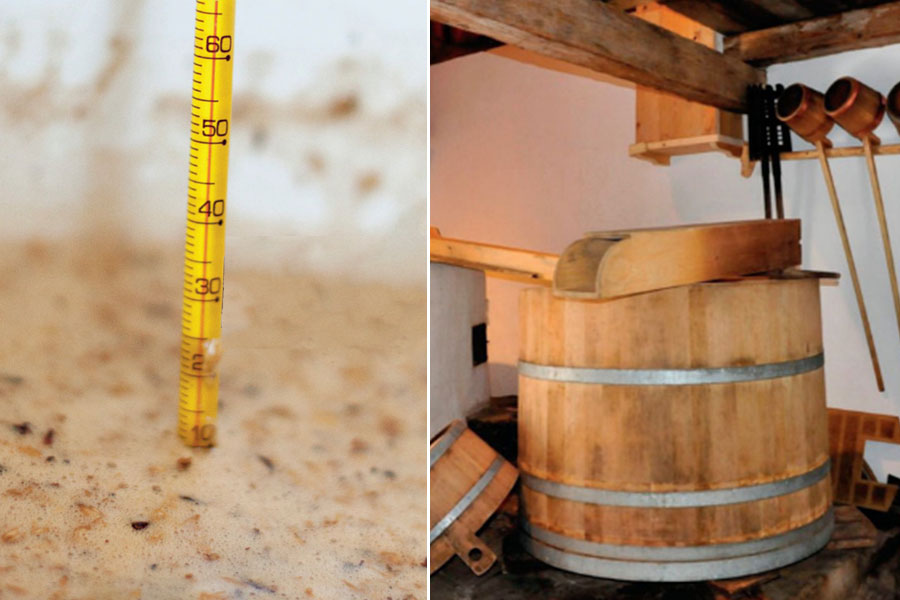

This article originally appeared in the May/June 2019 issue of Zymurgy Magazine
By Jan Brücklemeir
By Jan Brücklmeier
It’s impossible to discuss modern pale lager without mentioning Pilsner. It’s unthinkable to discuss Pilsner without mentioning the holy of holies, Pilsner Urquell, brewed in the city of Pilsen, the birthplace of this wildly successful beer style. The original Bohemian Pilsner is known for its soft, round bitterness and rich, mellow, bready maltiness. Incredibly soft water and Saaz noble hops deliver pleasant hop aroma and bitterness. Have you ever wondered, though, why Bohemian Pilsner has such a mellow, bready maltiness and a deeper gold color than, say, a typical German Pilsner? After all, both share a grain bill of 100 percent Pilsner malt. The answer lies in a process that today sounds a bit like a dinosaur: decoction.
Heating a mash by removing part of it, boiling it, and mixing it back in was, and is, so essential to Bohemian and Bavarian beers that decoction was long referred to as the Bohemian or Bavarian method. But why should one spend the time and energy to cook part of the mash?
HISTORICAL IMPERATIVE
The decoction mash was developed more for practical than for gustatory reasons. Measuring (or at least estimating) temperature is essential to mashing with multiple rests, but Daniel Gabriel Fahrenheit didn’t build the first reliable thermometer until 1714. More than a century would pass before thermometry became widespread, but brewers had developed other methods to reach mash rest temperatures…
Access premium member content for $4.99/month. Join Now
Access premium member content for $4.99/month
Join for $4.99Already a member? Login here


